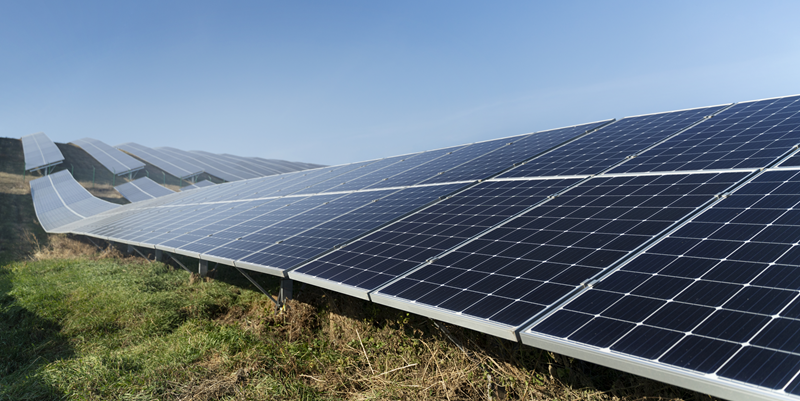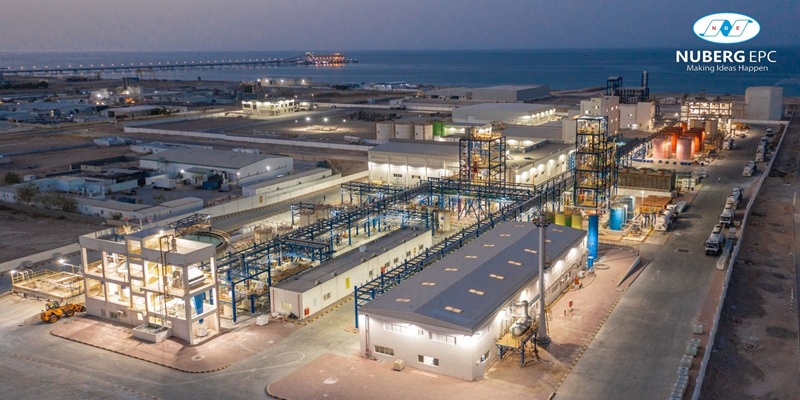Schedule a Call Back
Overcoming roadblocks in India’s solar sector
 Articles
Articles- Mar 19,25

Related Stories

Continental Partners with INEOS Inovyn to Cut Carbon Impact of PVC Products
This new material boasts a carbon footprint approximately 37 per cent lower than the European industry average for conventional PVC.
Read more
Honeywell, TotalEnergies Advance Industrial Autonomy with AI Control Pilot
By combining operational analytics with real-time predictive insights, the solution supports a more efficient workflow within critical refinery operations.
Read more
Nuberg EPC Wins Major Contract for Oman’s 120 TPD Chlor-Alkali Expansion
Over the years, Nuberg EPC and Al Ghaith Industries have cultivated a strong and enduring partnership built on advanced technology capabilities, precision engineering, and timely project execution.
Read moreRelated Products

Integrated Electric Gripper S Series
IBK Engineers Pvt Ltd offers a wide range of integrated electric gripper S series.

Geared Electric Motors
Delco Fans Pvt Ltd offers single phase capacitor run and three
phase geared Instrument motors, totally enclosed face/foot mounted.

“Kusam-Keco” Partial Discharge Acoustic Imager - Model - Km-pdai
‘Kusam-Meco’ has introduced a new “Partial Discharge Acoustic Imager Model KM-PDAI.













